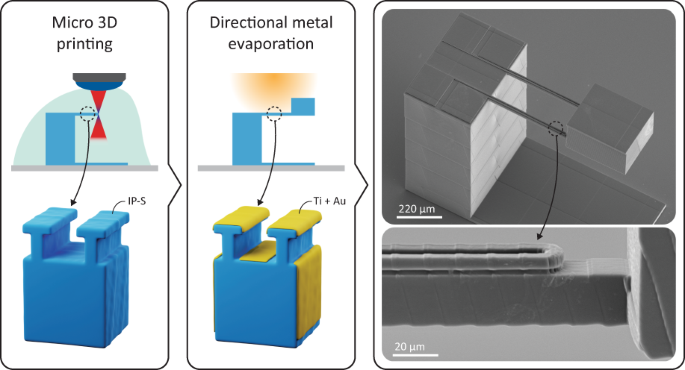放射線が金属を弱らせることはよく知られている。そのメカニズムを解明するのは、とても難しい仕事です。 It’s no secret that radiation weakens metal. Uncovering how is complicated work.
2022-09-28 サンディア国立研究所(SNL)
放射線は結晶粒を破壊し、結晶構造を永久に変化させ、金属を弱体化させる。放射線は1つの原子にしか当たらないかもしれませんが、その原子が飛び出して他の原子と衝突し、カオス的なドミノ効果を起こす。
研究チームは、この動的な観察にさらに高倍率の顕微鏡を組み合わせ、結晶粒の境界の原子構造を観察し、放射線照射によってそれがどのように変化したかを突き止めたのです。
研究チームは、原子レベルの画像と、実験中に収集したナノスケールのビデオを組み合わせることで、白金に放射線を照射すると、結晶粒の境界が移動することを発見した。
<関連情報>
- https://newsreleases.sandia.gov/material_degradation/
- https://www.science.org/doi/full/10.1126/sciadv.abn0900
照射誘起の粒界ファセット運動:その場観察と原子スケールでのメカニズム Irradiation-induced grain boundary facet motion: In situ observations and atomic-scale mechanisms
Christopher M. Barr,Elton Y. Chen,James E. NathanielII,Ping Lu,David P. Adams,Rémi Dingreville,Brad L. Boyce,Khalid Hattar,Douglas L. Medlin
Science Advances Published:10 Jun 2022
DOI: 10.1126/sciadv.abn0900

Abstract
Metals subjected to irradiation environments undergo microstructural evolution and concomitant degradation, yet the nanoscale mechanisms for such evolution remain elusive. Here, we combine in situ heavy ion irradiation, atomic resolution microscopy, and atomistic simulation to elucidate how radiation damage and interfacial defects interplay to control grain boundary (GB) motion. While classical notions of boundary evolution under irradiation rest on simple ideas of curvature-driven motion, the reality is far more complex. Focusing on an ion-irradiated Pt Σ3 GB, we show how this boundary evolves by the motion of 120° facet junctions separating nanoscale {112} facets. Our analysis considers the short- and mid-range ion interactions, which roughen the facets and induce local motion, and longer-range interactions associated with interfacial disconnections, which accommodate the intergranular misorientation. We suggest how climb of these disconnections could drive coordinated facet junction motion. These findings emphasize that both local and longer-range, collective interactions are important to understanding irradiation-induced interfacial evolution.



